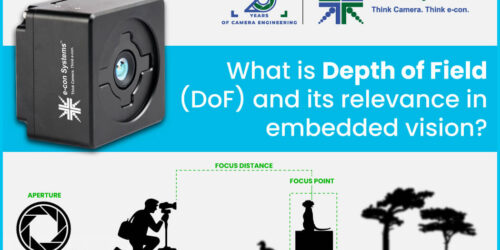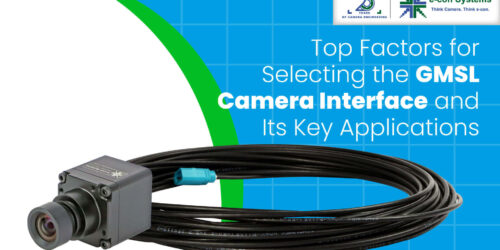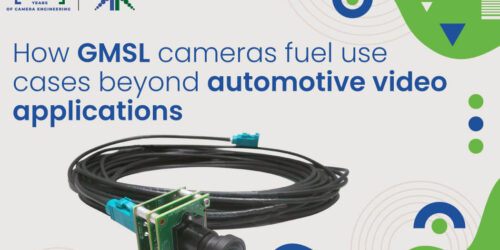What is Depth of Field and Its Relevance in Embedded Vision?
This blog post was originally published at e-con Systems’ website. It is reprinted here with the permission of e-con Systems. Depth of Field (DoF) is crucial for embedded vision since it can improve the ability to process and analyze visual data. It is impacted by factors such as aperture size, focal length, and more. Get […]
What is Depth of Field and Its Relevance in Embedded Vision? Read More +











